Introduction to Simplified Queen Crenellations
Chess, with its rich history and complex rules, has a variety of intriguing strategies and positions that both neophytes and experts can delve into. One such concept that often puzzles beginners is the formation known as the Queen Crenellations. This guide aims to demystify this strategic formation, explaining its purpose, how it can be set up, and the scenarios in which it is most effective.
What are Queen Crenellations?
In chess, crenellations generally refer to a formation where pieces are arranged in a staggered pattern, somewhat resembling the battlements of a castle. The term Queen Crenellations, specifically, involves the chess Queen supported by other pieces, typically pawns or a combination of pawns and other pieces, which helps in forming a defensive as well as an aggressive posture on the board.
The arrangement aims to optimize the Queen's formidable capabilities by providing her with maximum mobility while shielding her and other key pieces from attacks. Effectively, it turns the Queen into a powerhouse that can control significant portions of the board while being protected from direct threats.
Setting Up Queen Crenellations
Initial Positioning
Setting up effective Queen Crenellations begins in the opening and middlegame, where positioning your pieces strategically is paramount. The formation usually starts with pawns controlling the center of the board. The queen typically positions herself behind these pawns, ready to launch into action when needed but remaining relatively guarded against immediate threats.
Pawn Structure
A crucial aspect is the pawn structure supporting the queen. Pawns are often placed in a staggered line where they can mutually defend each other and create zones of control which oppose your opponent’s advances. This pawn structure not only supports the queen but can also create threats and open lines for other pieces.
Coordination with Other Pieces
While the queen is a powerful piece, she should not act alone. Coordination with knights, bishops, and rooks can enhance the effectiveness of this formation. For instance, bishops can be positioned in such a way that they control long diagonals, complementing the queen's ability to move across both squares and diagonals. Knights can be useful in controlling central squares and creating forks. Rooks can align with the queen to dominate open files.
Strategic Advantages of Queen Crenellations
Defensive Strength
One of the primary advantages of employing Queen Crenellations is the solid defense it offers to your most valuable piece. By using the pawns and possibly other pieces as a shield, the queen is less vulnerable to attacks and can survive longer in the game, maintaining pressure on the opponent.
Offensive Opportunities
Besides defense, Queen Crenellations provide significant offensive capabilities. With the queen's broad range and the controlled space by the other pieces, numerous attacking strategies can be executed—ranging from quick strikes on weakened spots to more elaborate setups involving multiple pieces.
Common Challenges and Solutions
Avoiding Over-Protection
A common mistake in setting up crenellations around the queen is over-protection, where too many pieces are dedicated solely to the defense of the queen, thereby neglecting other parts of the board. This can lead to ineffective use of pieces and potential loss of control over important areas. Balanced distribution of roles is key to avoiding this pitfall.
Maintaining Flexibility
Flexibility in chess is crucial, and while it’s tempting to establish an impenetrable fortress around your queen, it should not come at the expense of position dynamism. Keeping options open for pieces to move in and out of the formation is essential. This not only preserves the strength of the queen's position but also allows for adaptation based on your opponent's strategies.
Practical Examples and Famous Games
Examining practical examples of Queen Crenellations in action can provide clearer insights into their application and effectiveness. One famous example is the game between Viswanathan Anand and Magnus Carlsen in the World Championship 2014, where Anand skillfully used this approach to fortify his queen but maintained flexibility. This example, among others, illustrates the potential sequence of moves and how the formation can pivot to either a defensive stance or an aggressive posture, depending on the game’s demands.
Conclusion
Understanding and implementing Queen Crenellations can be a game-changer in your chess strategy repertoire. It highlights the balance between offense and defense, utilizing the queen's strength in coordination with other pieces. Like any advanced strategy, it requires practice and familiarity with not just the queen’s capabilities, but also the dynamics of the entire chessboard. For enthusiasts eager to enhance their gameplay, mastering this formation is indeed a worthy endeavor.
Explore our large collection of beautiful chess sets!


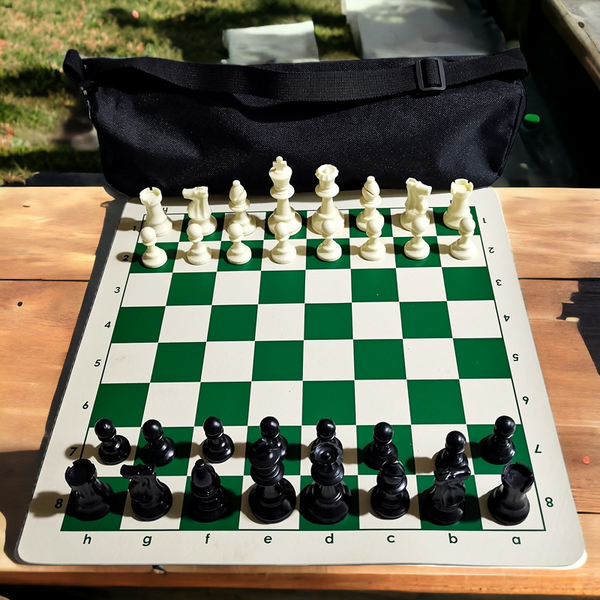




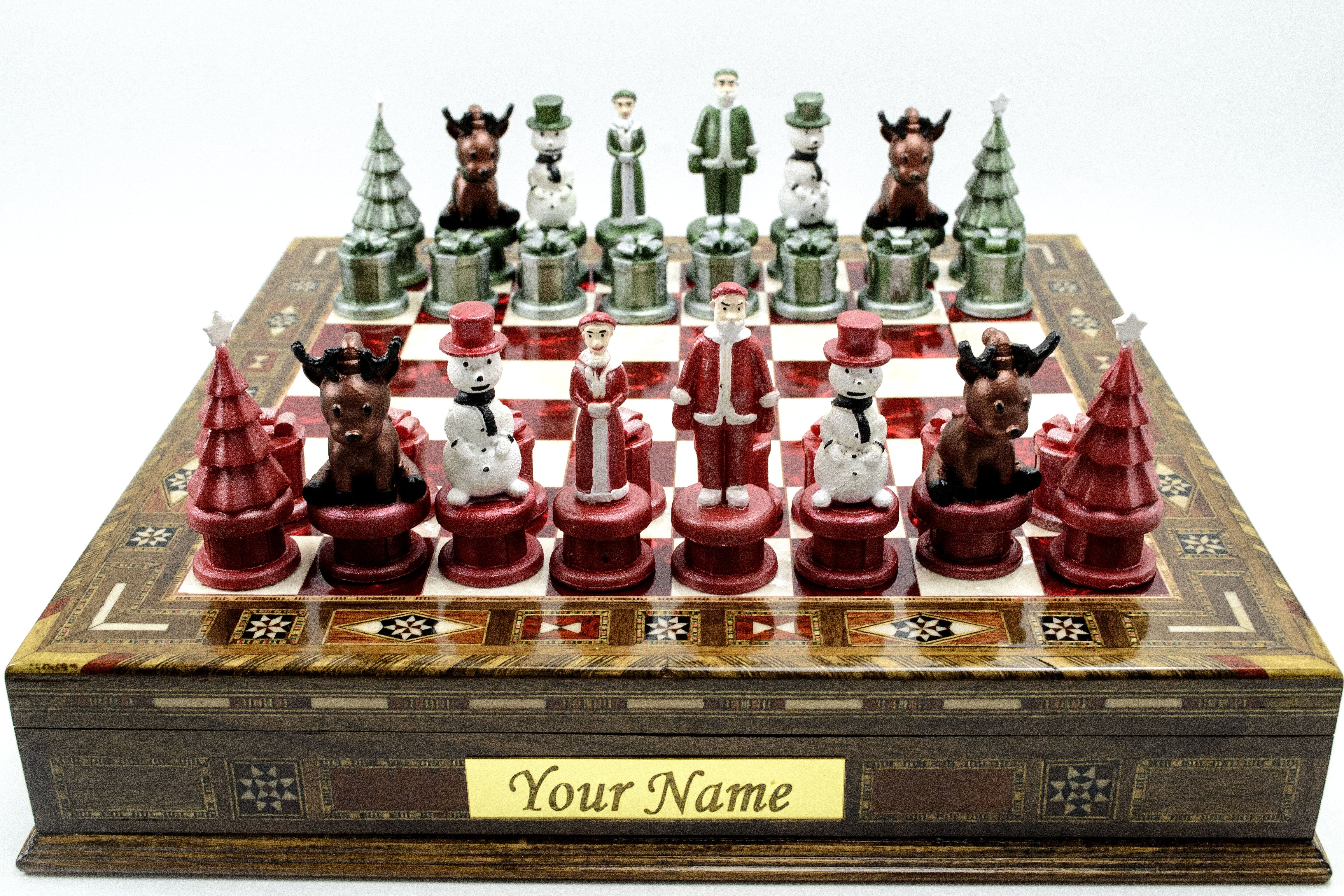




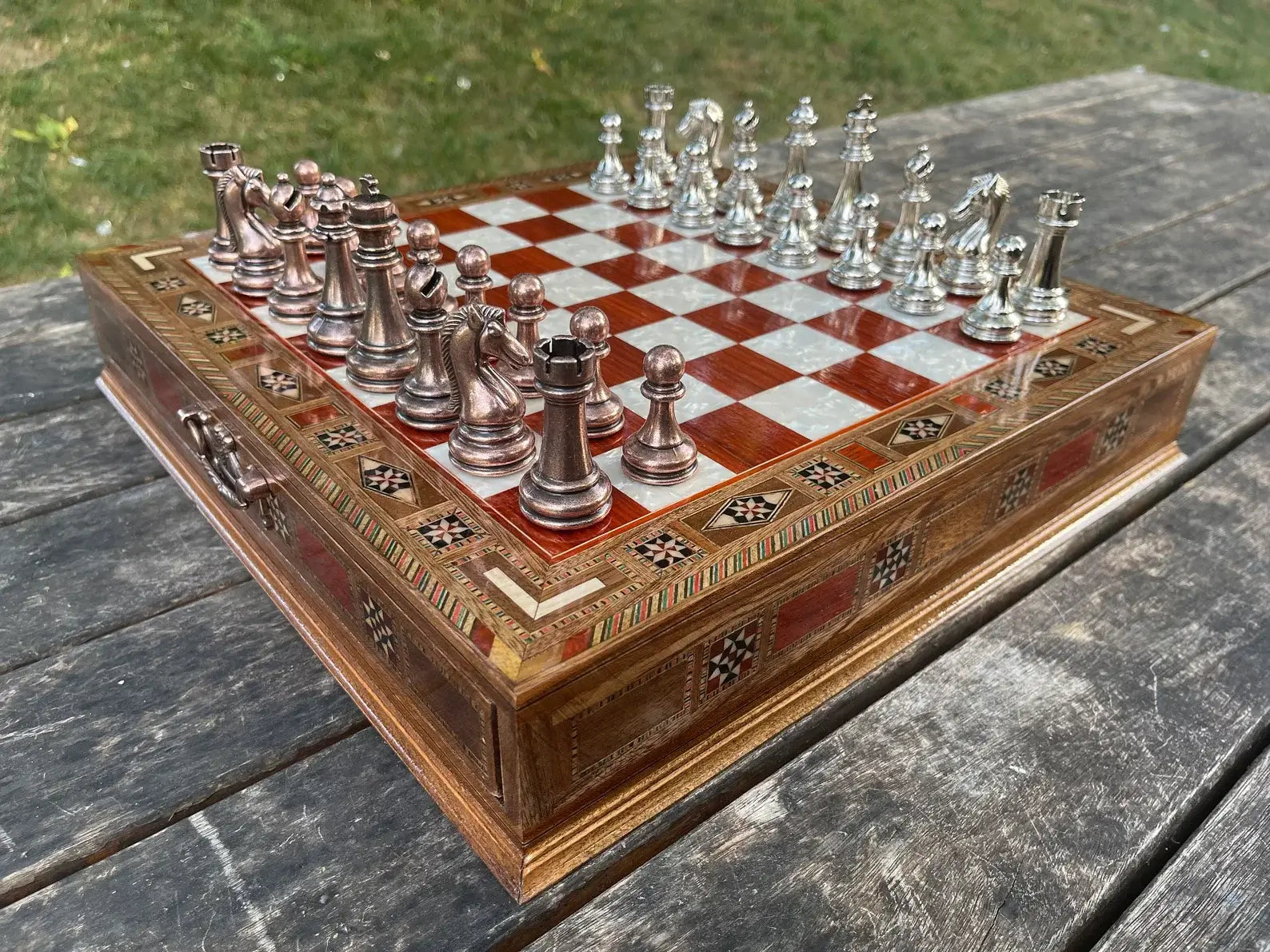
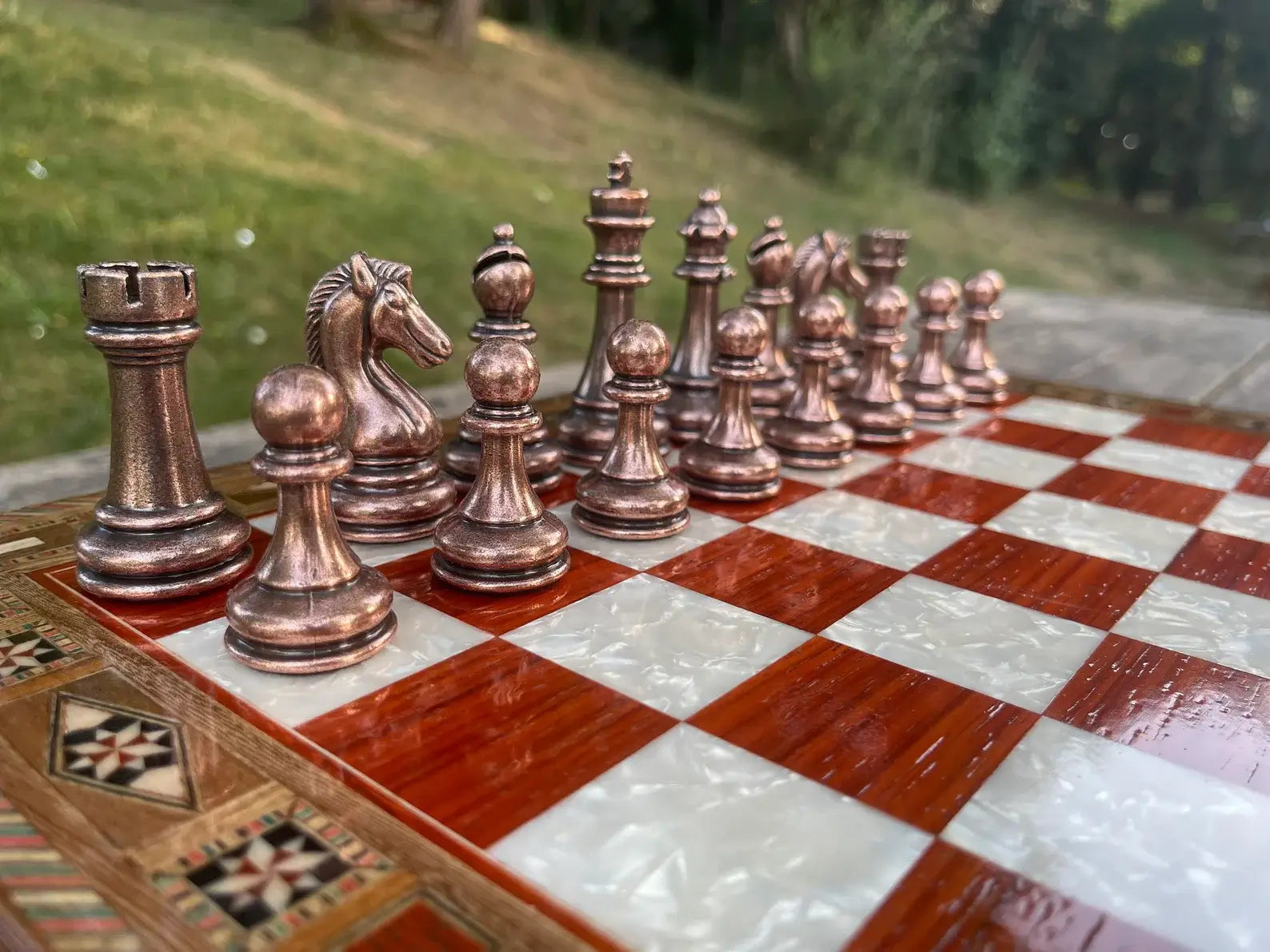
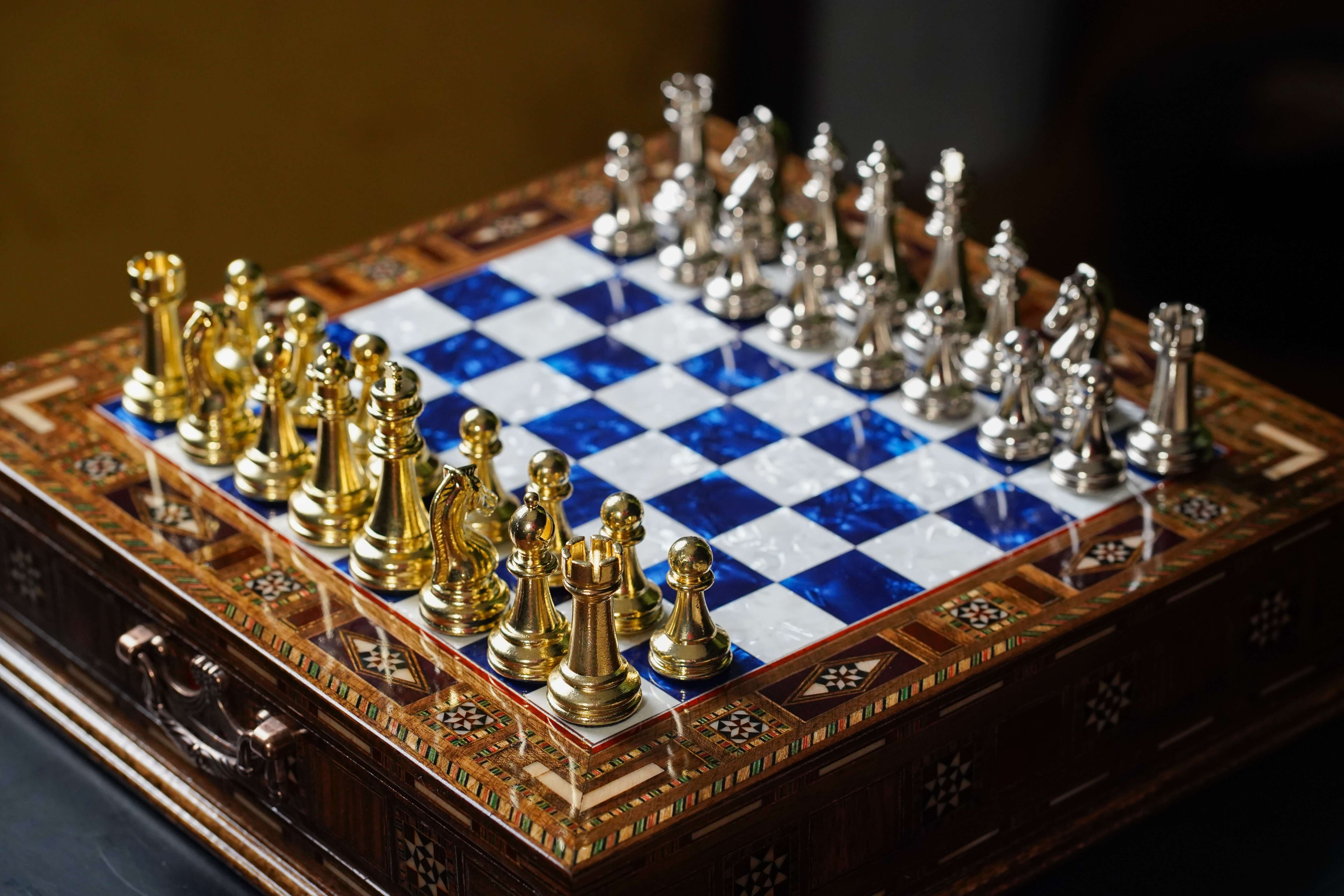
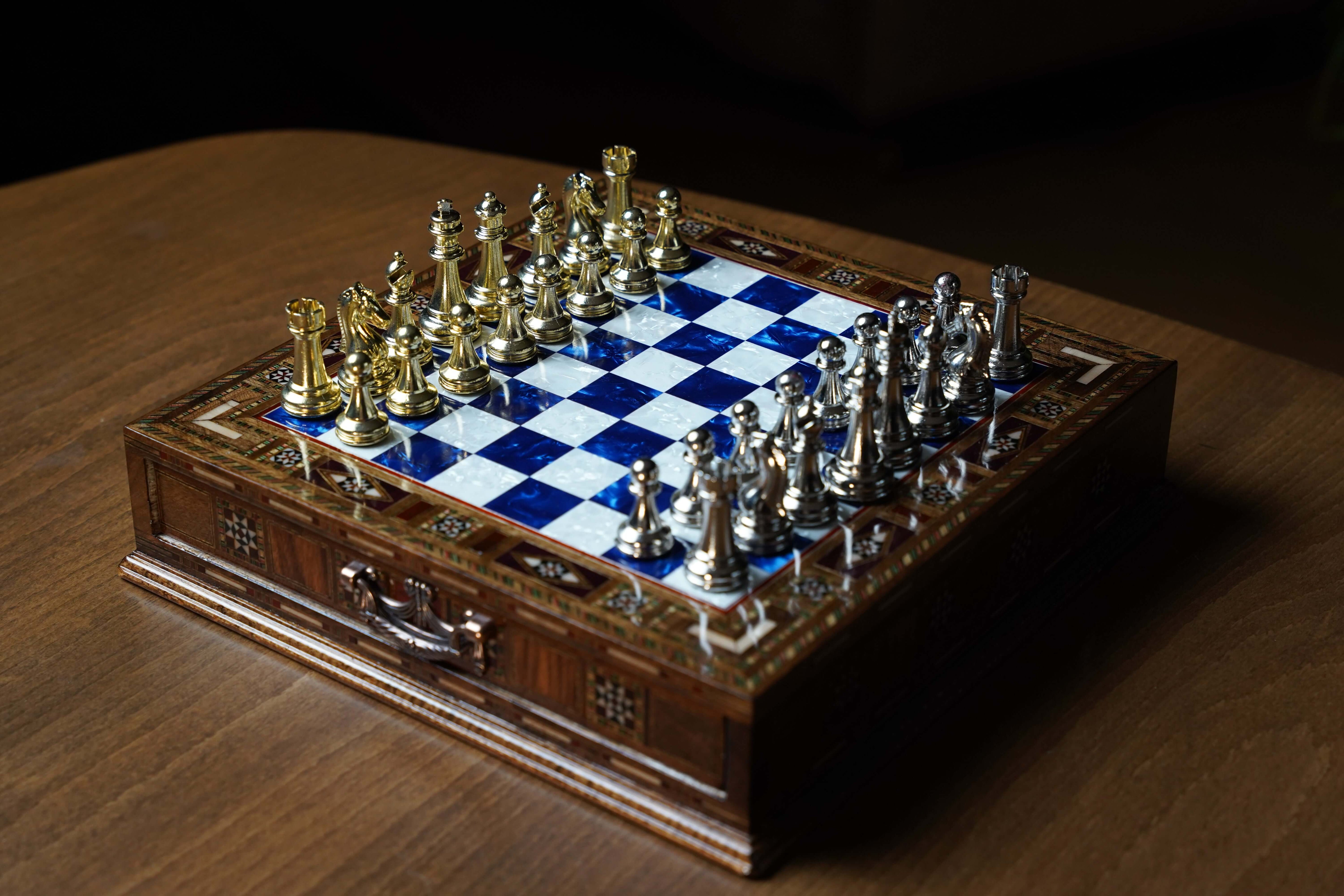
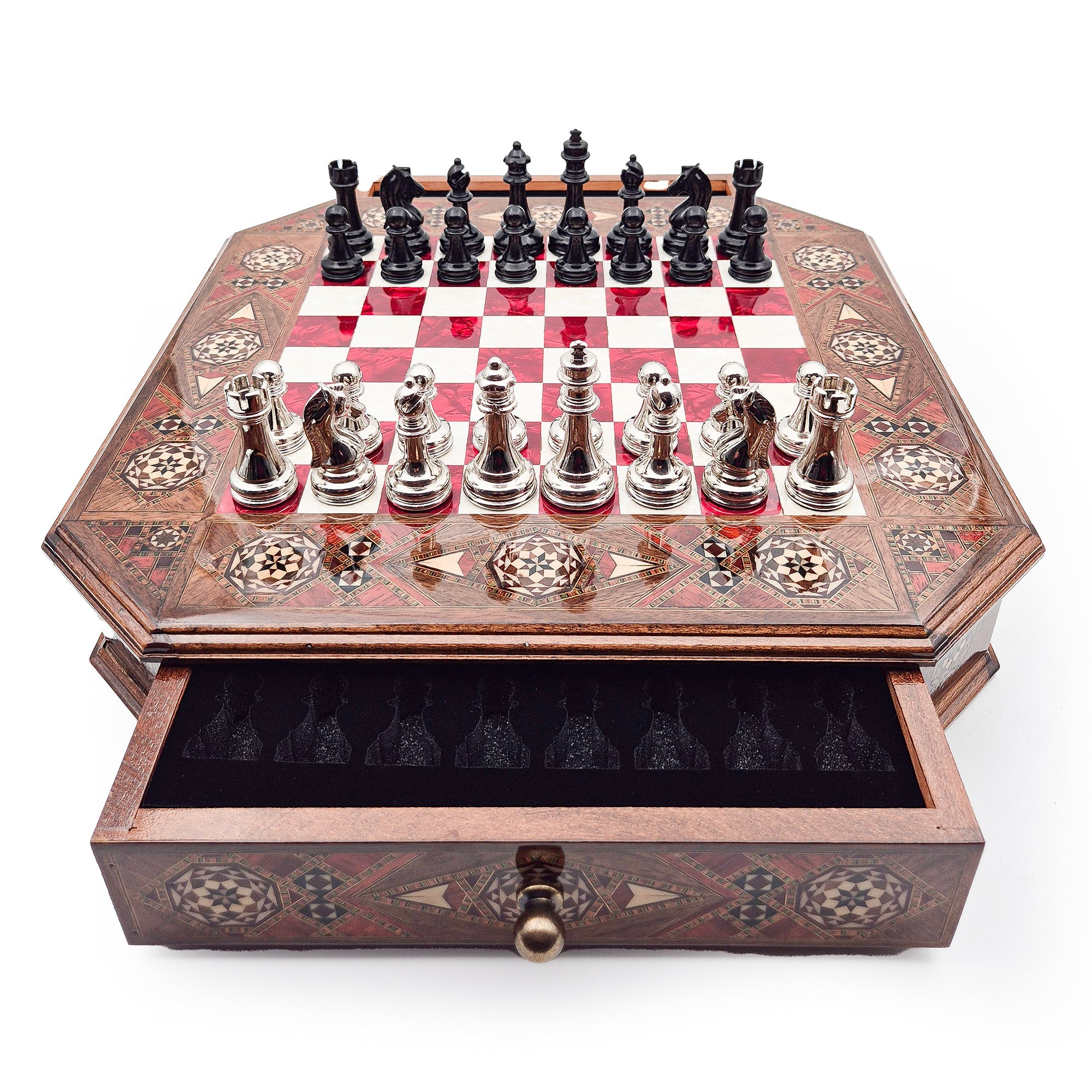
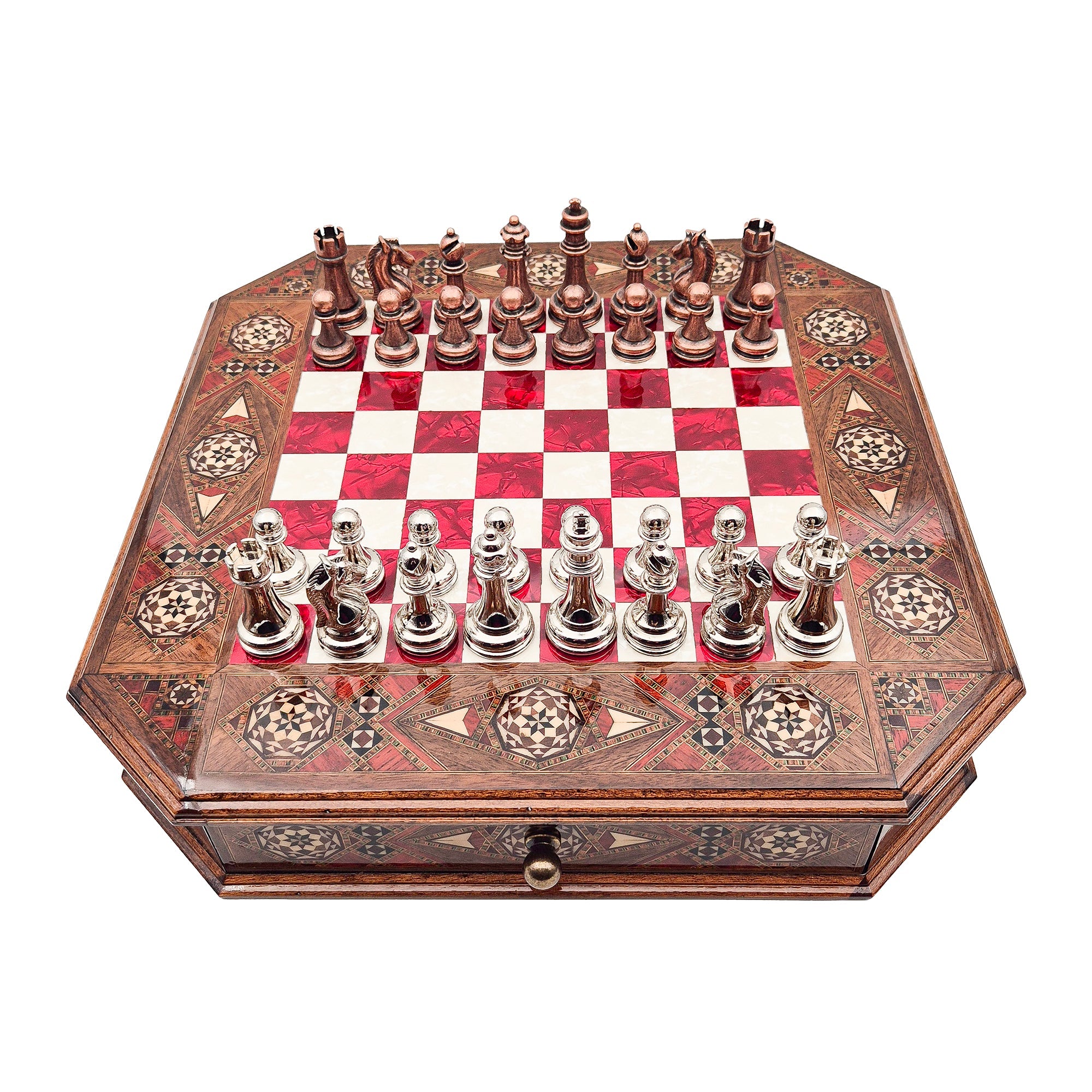
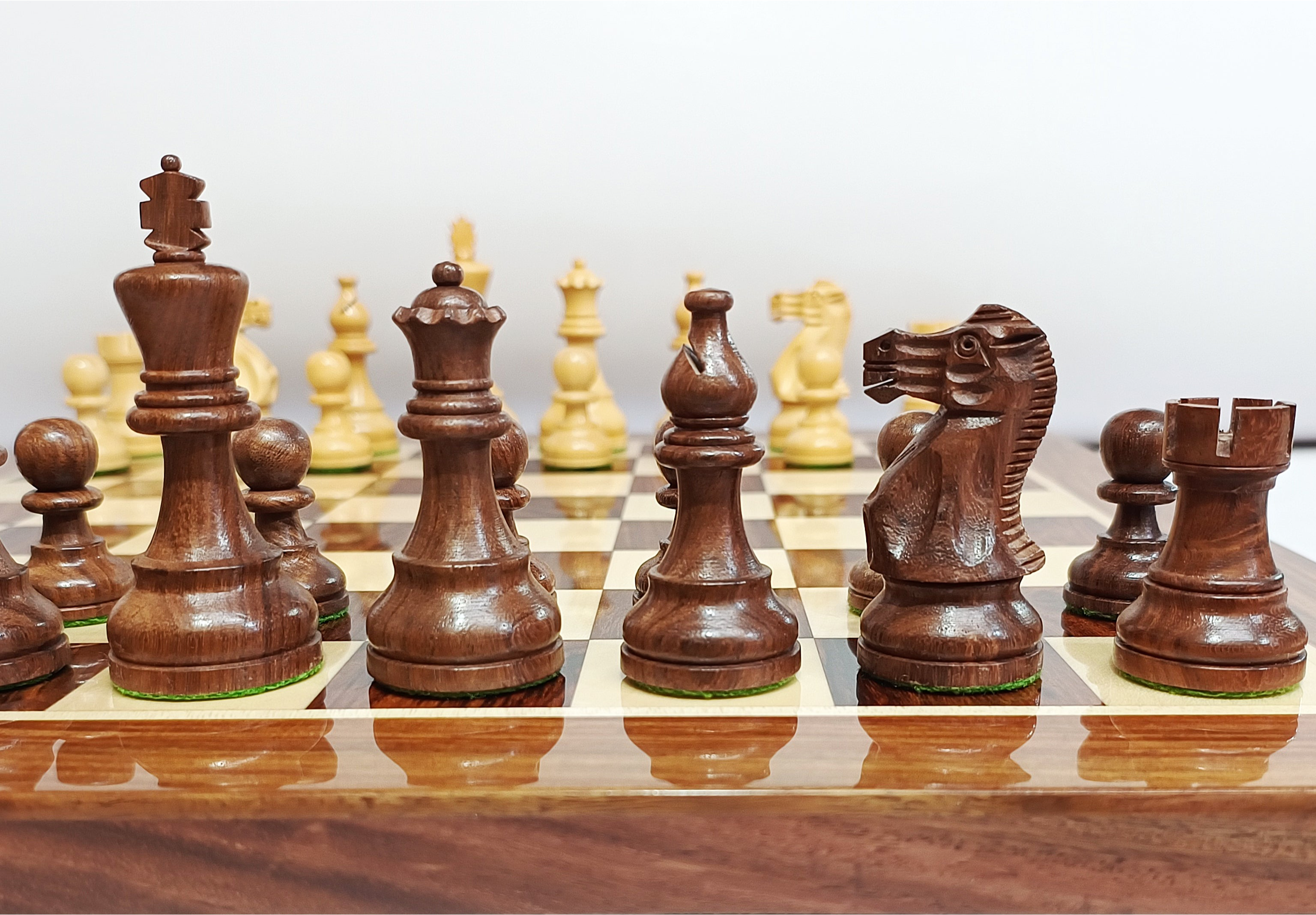

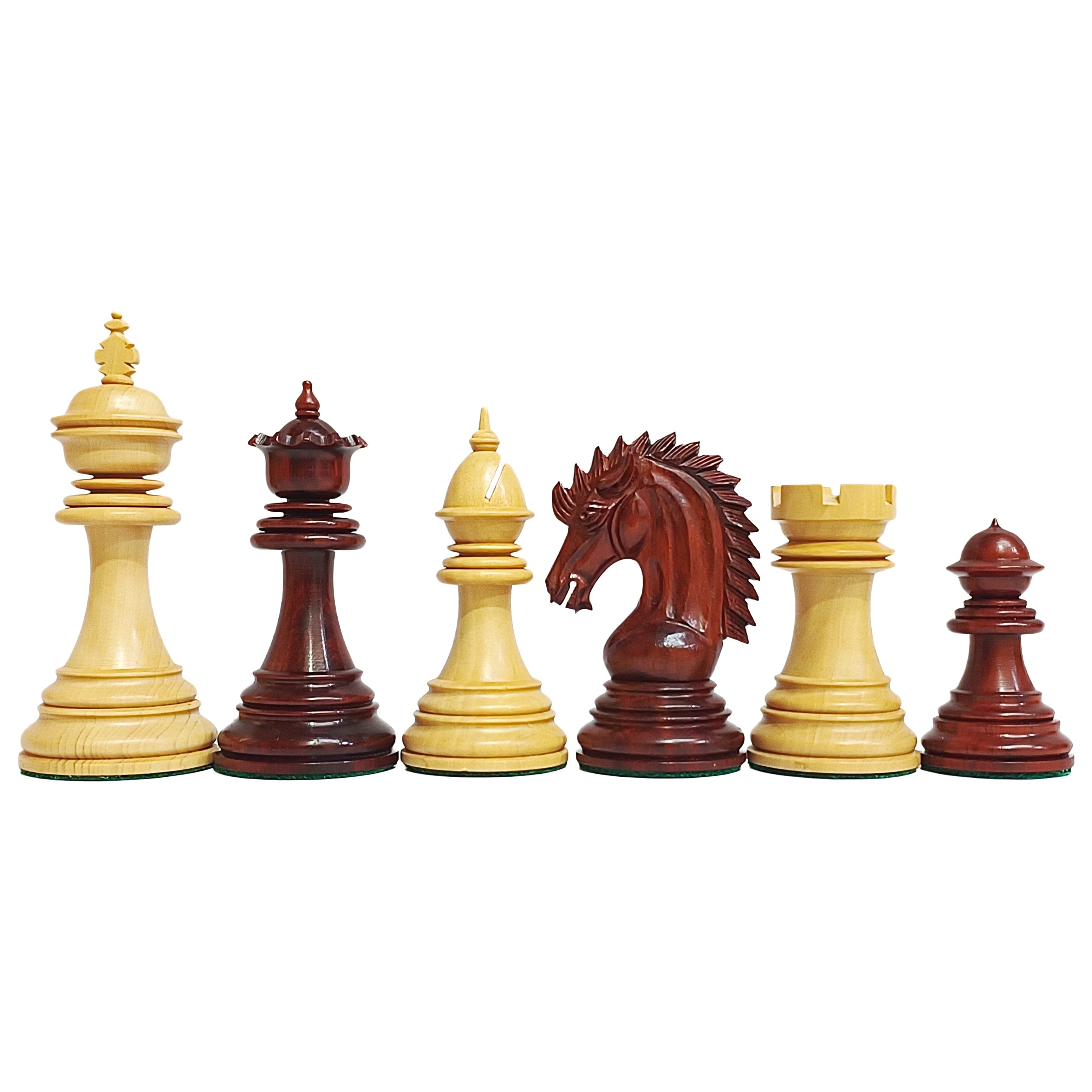
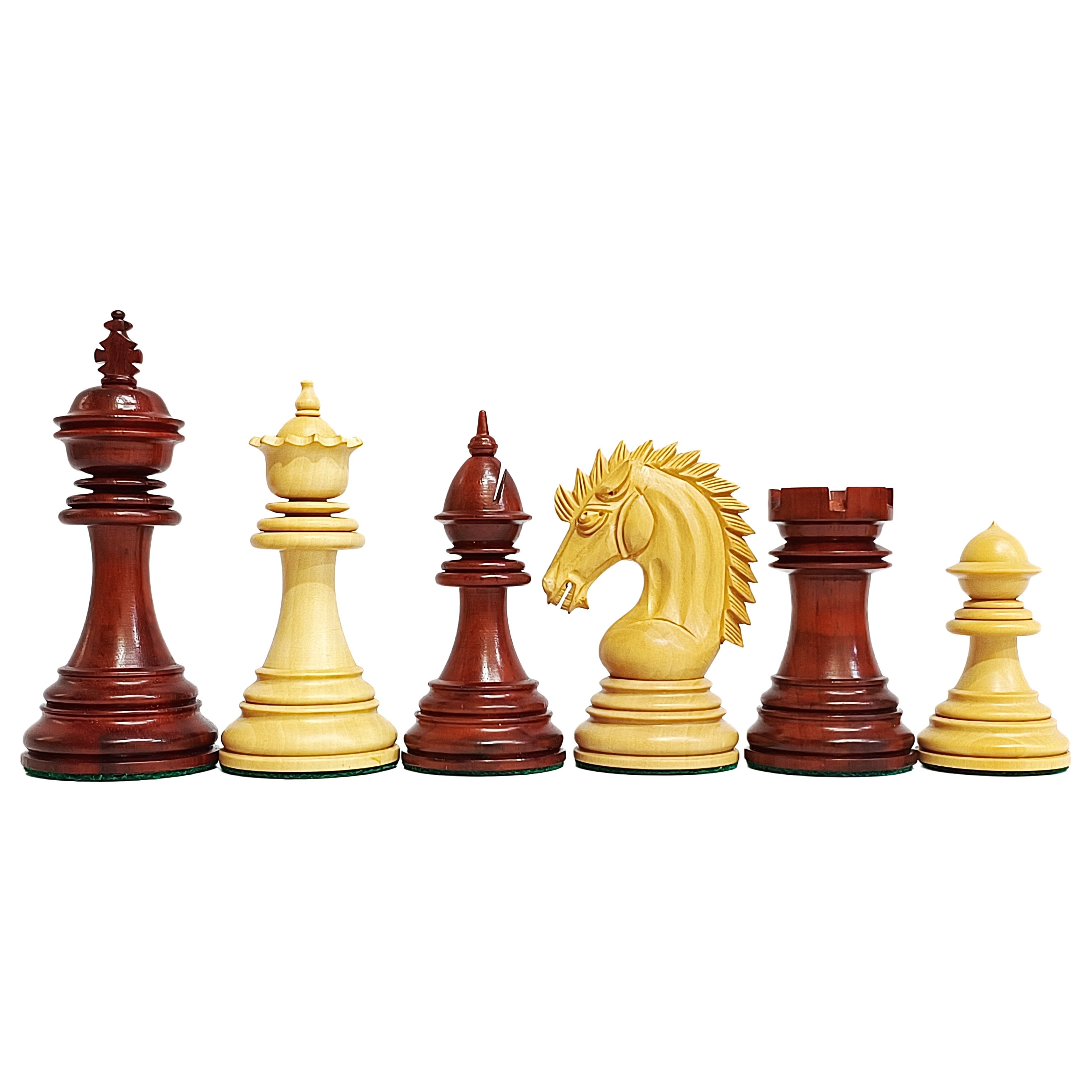


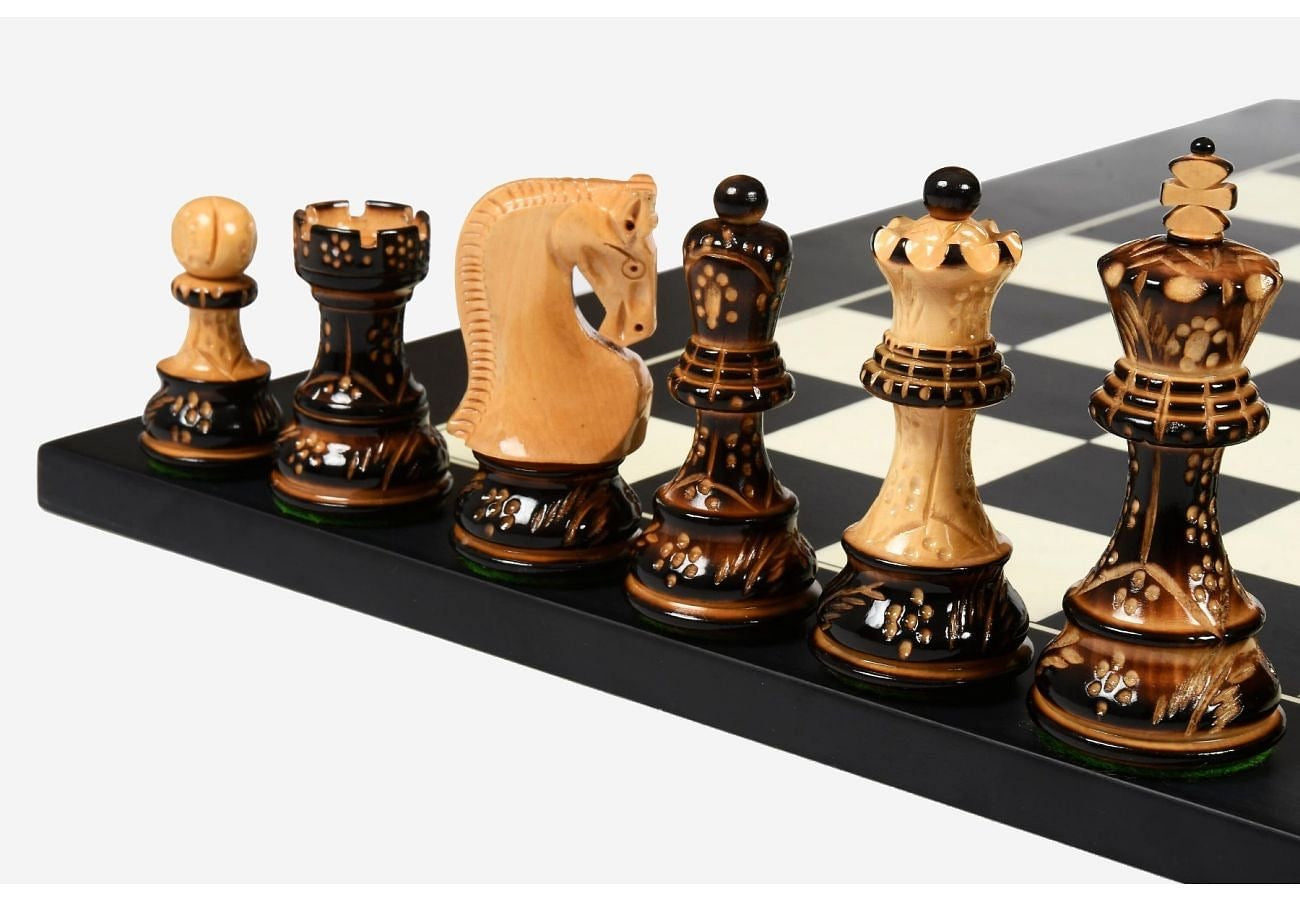
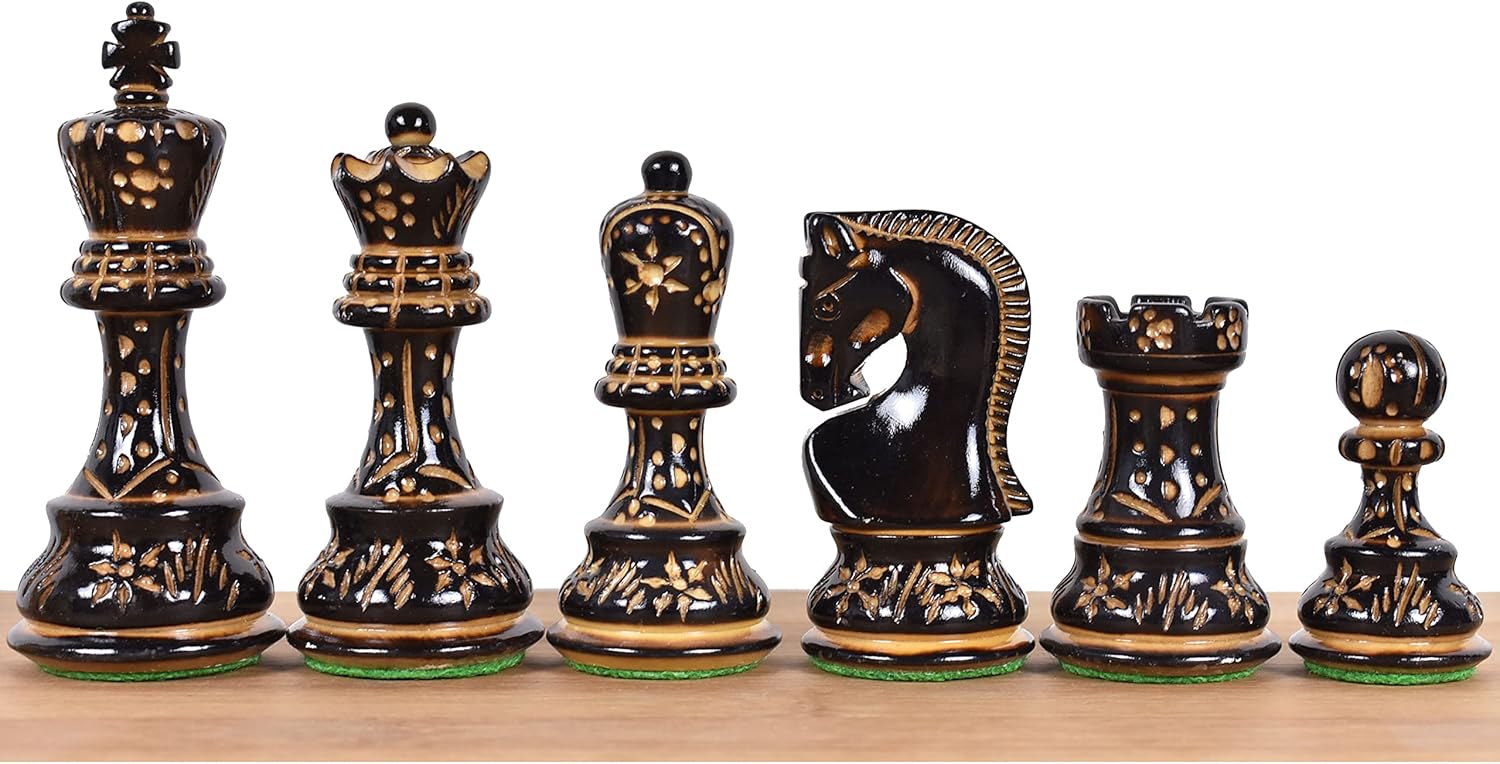
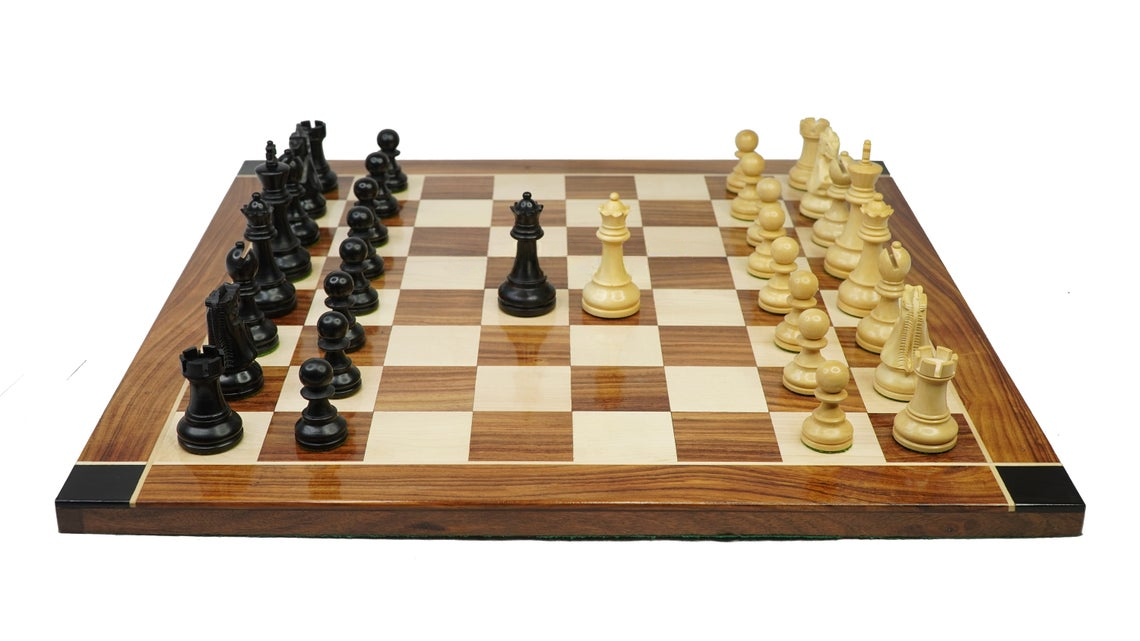

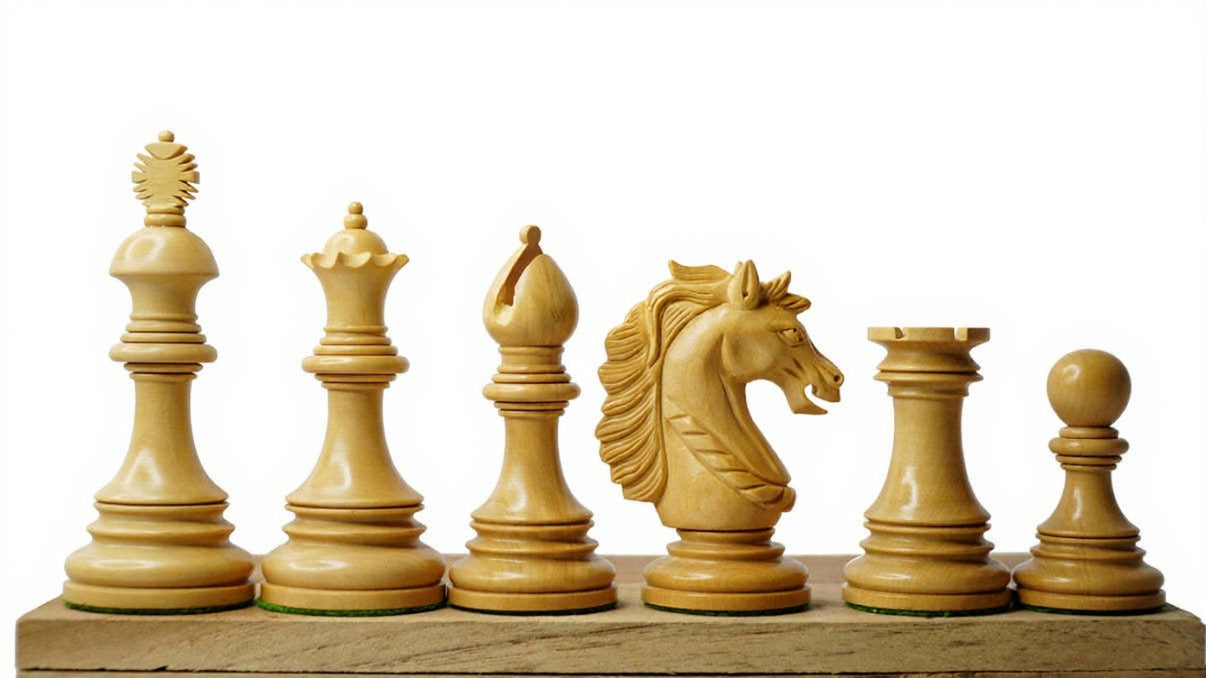
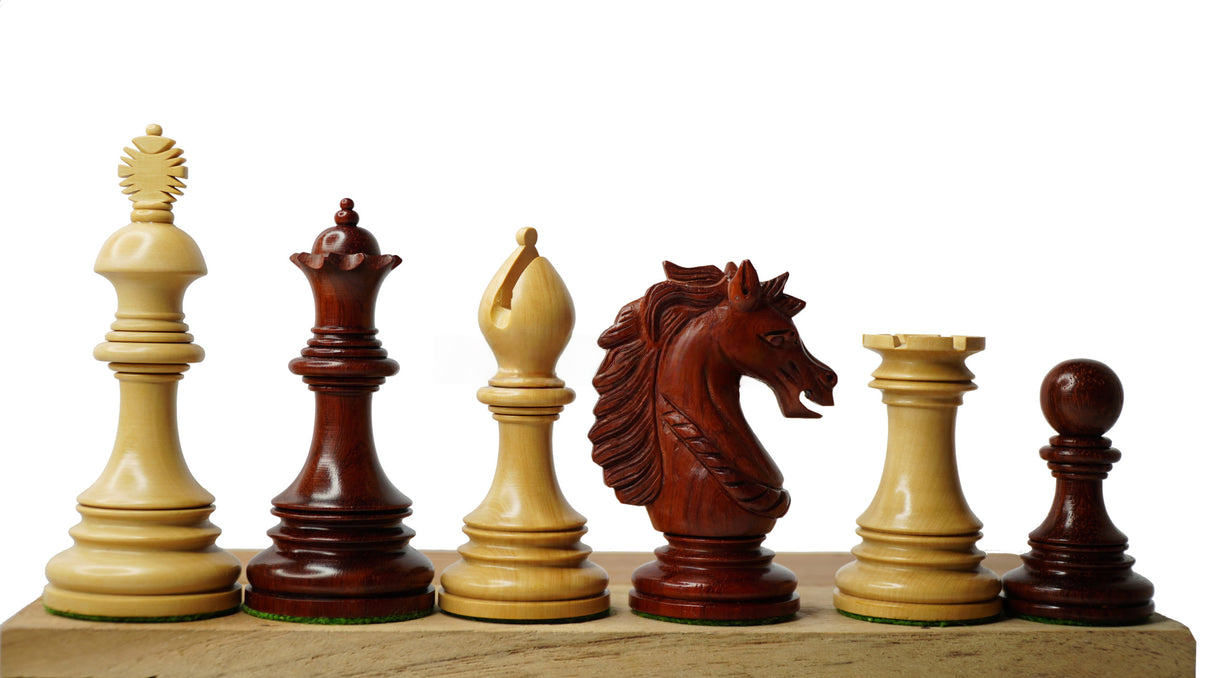
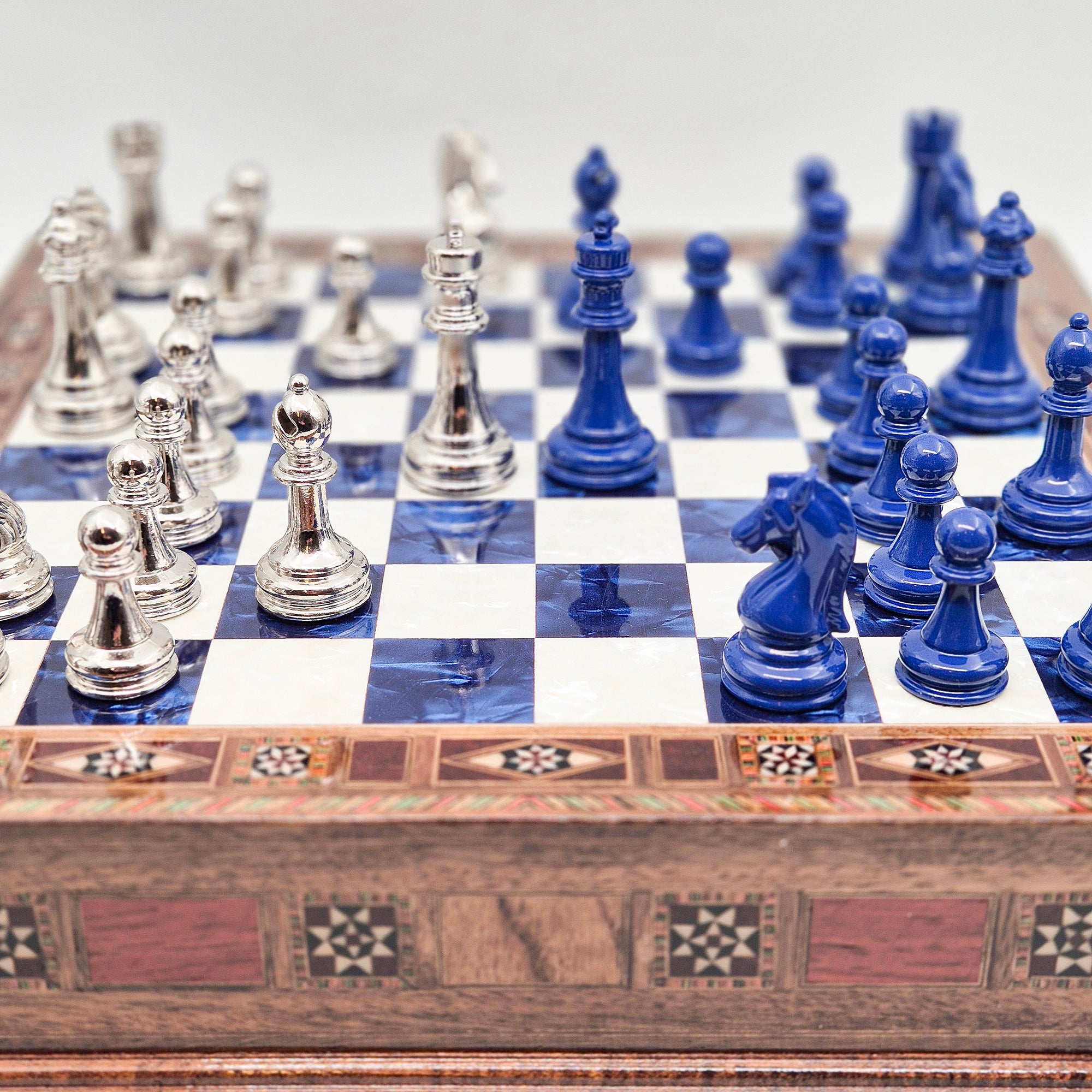


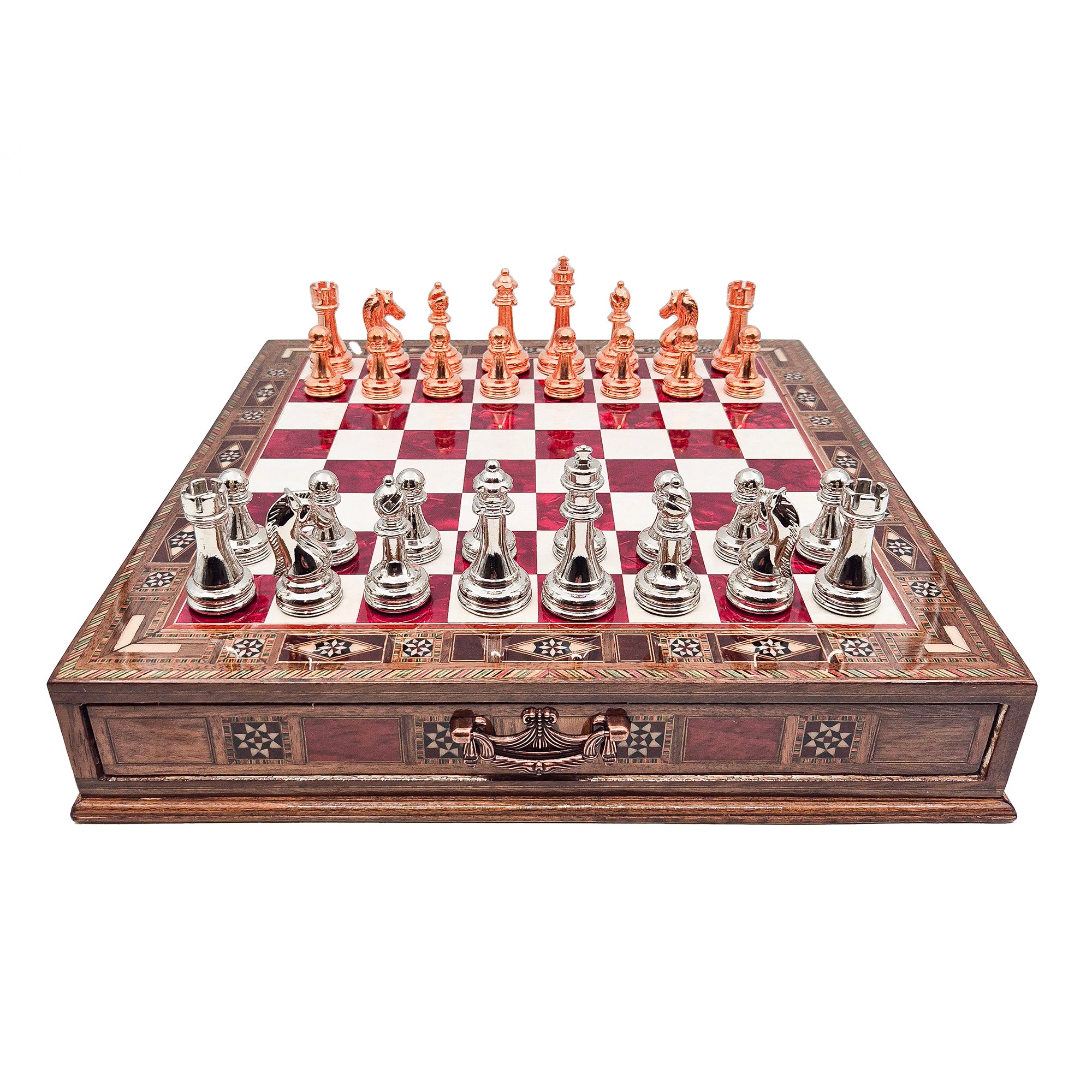
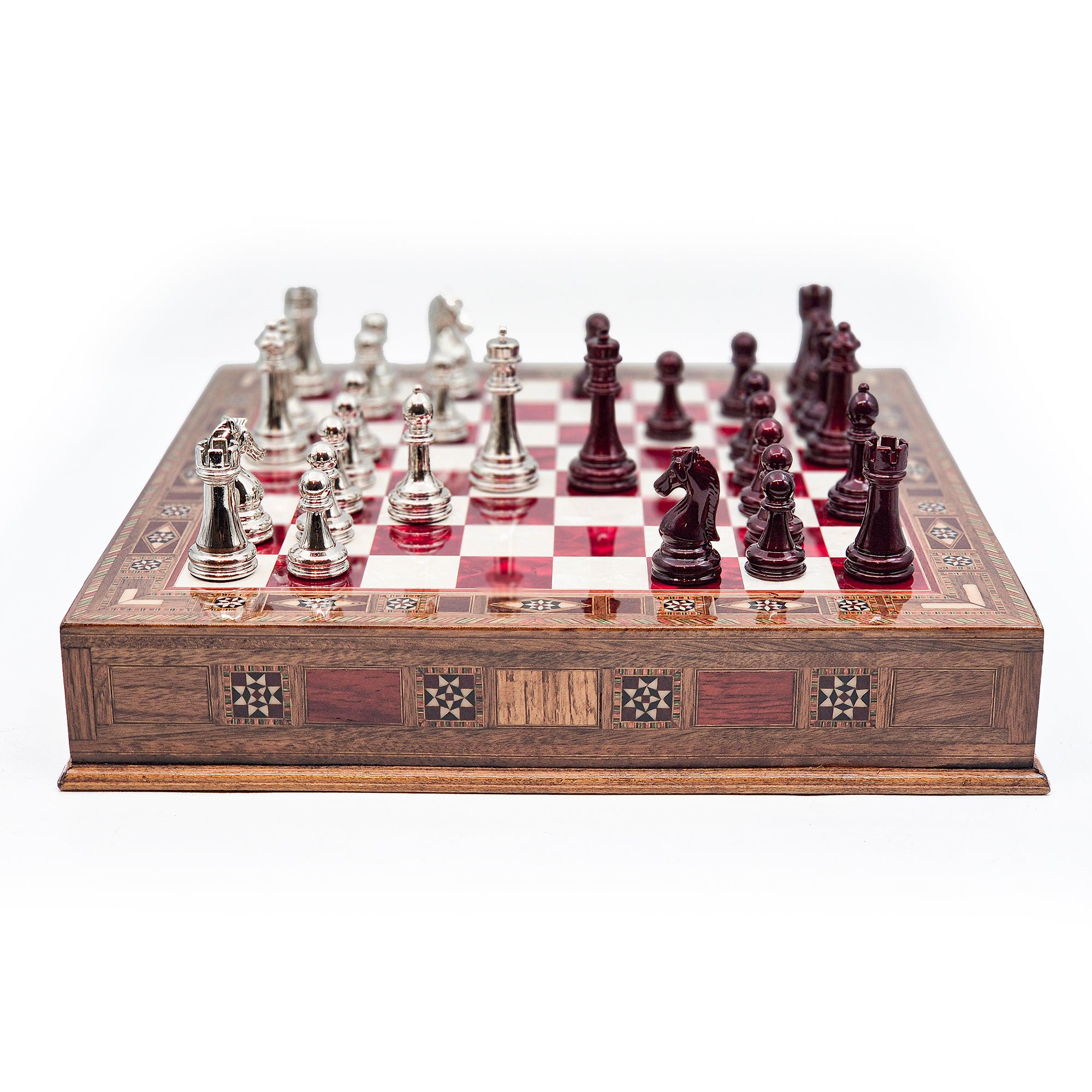
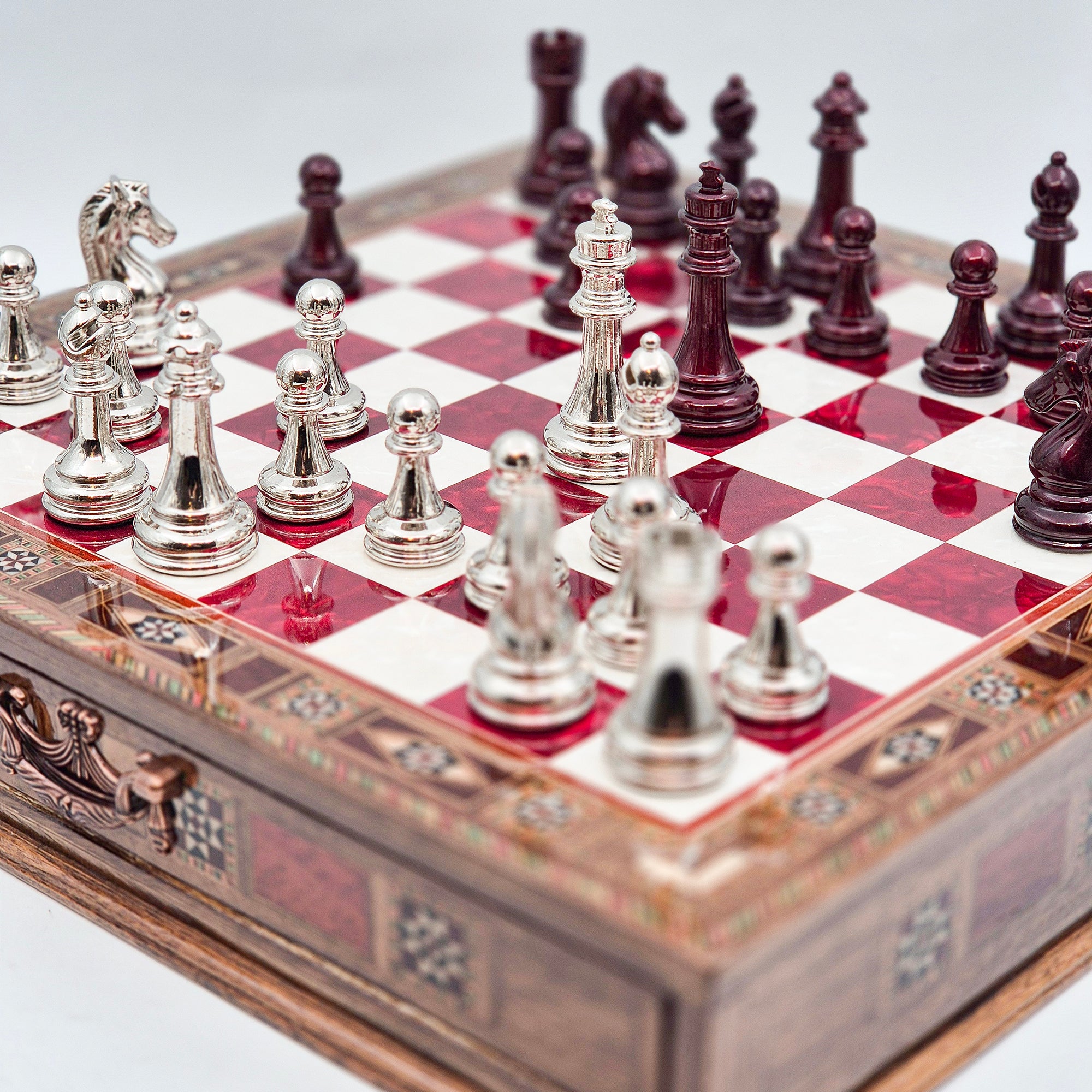
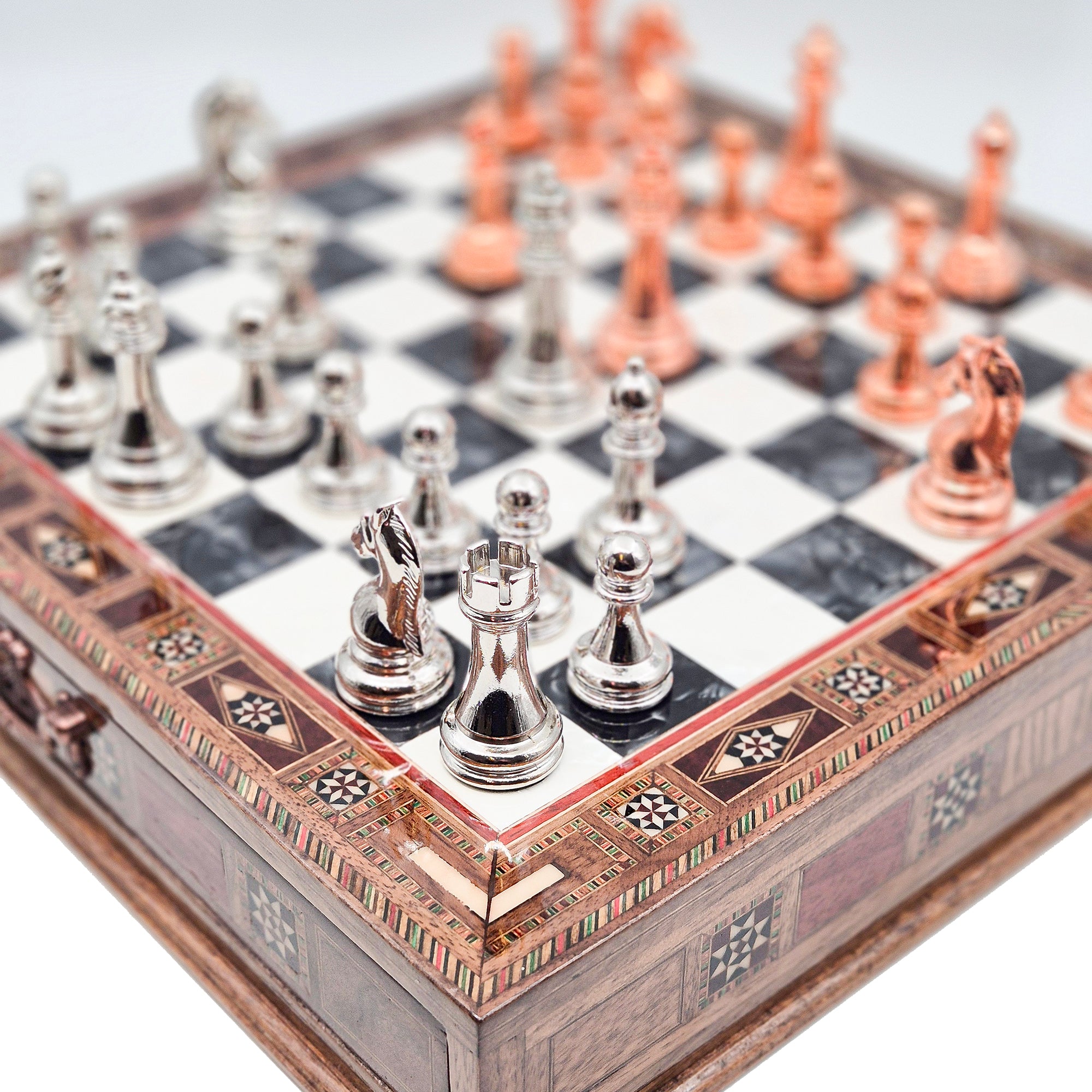
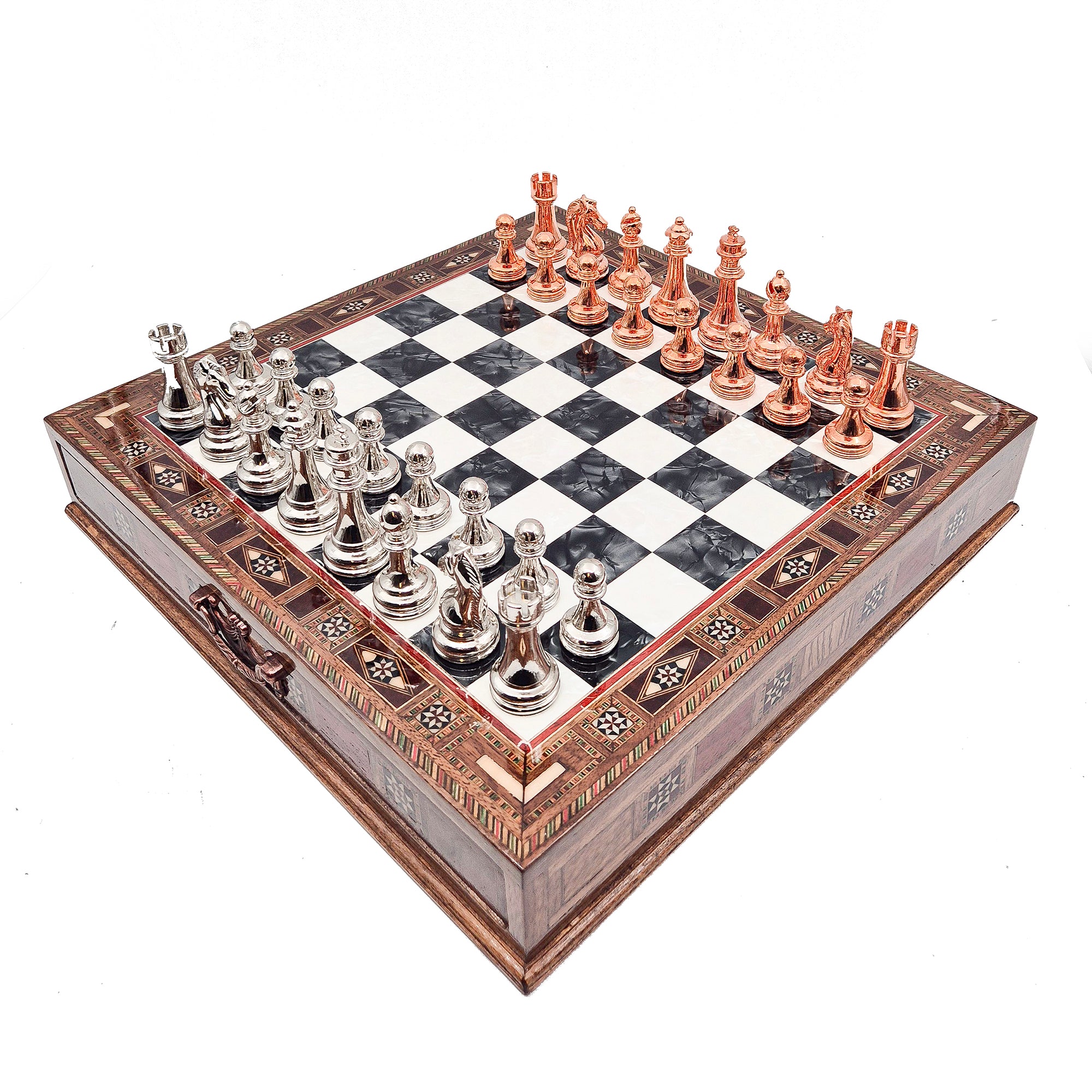


Leave a comment
All comments are moderated before being published.
This site is protected by hCaptcha and the hCaptcha Privacy Policy and Terms of Service apply.